Mel Brooks has written and directed a number of classic parodies in his time. Spaceballs is a hilariously meta send-up of the Star Wars trilogy. Young Frankenstein is a spot-on satire of the Universal Monsters movies complete with black-and-white visuals, familiar lab equipment, and the titular mad scientist and his monstrous creation performing a duet of “Puttin’ on the Ritz.”
But arguably Brooks’ strongest spoof is Blazing Saddles, his lampoon of the western genre. Co-written with a team that included none other than Richard Pryor, Blazing Saddles is easily Brooks’ masterpiece – and probably the greatest western spoof that will ever be made.
8 It Un-Whitewashes The Whitewashed Western Myths
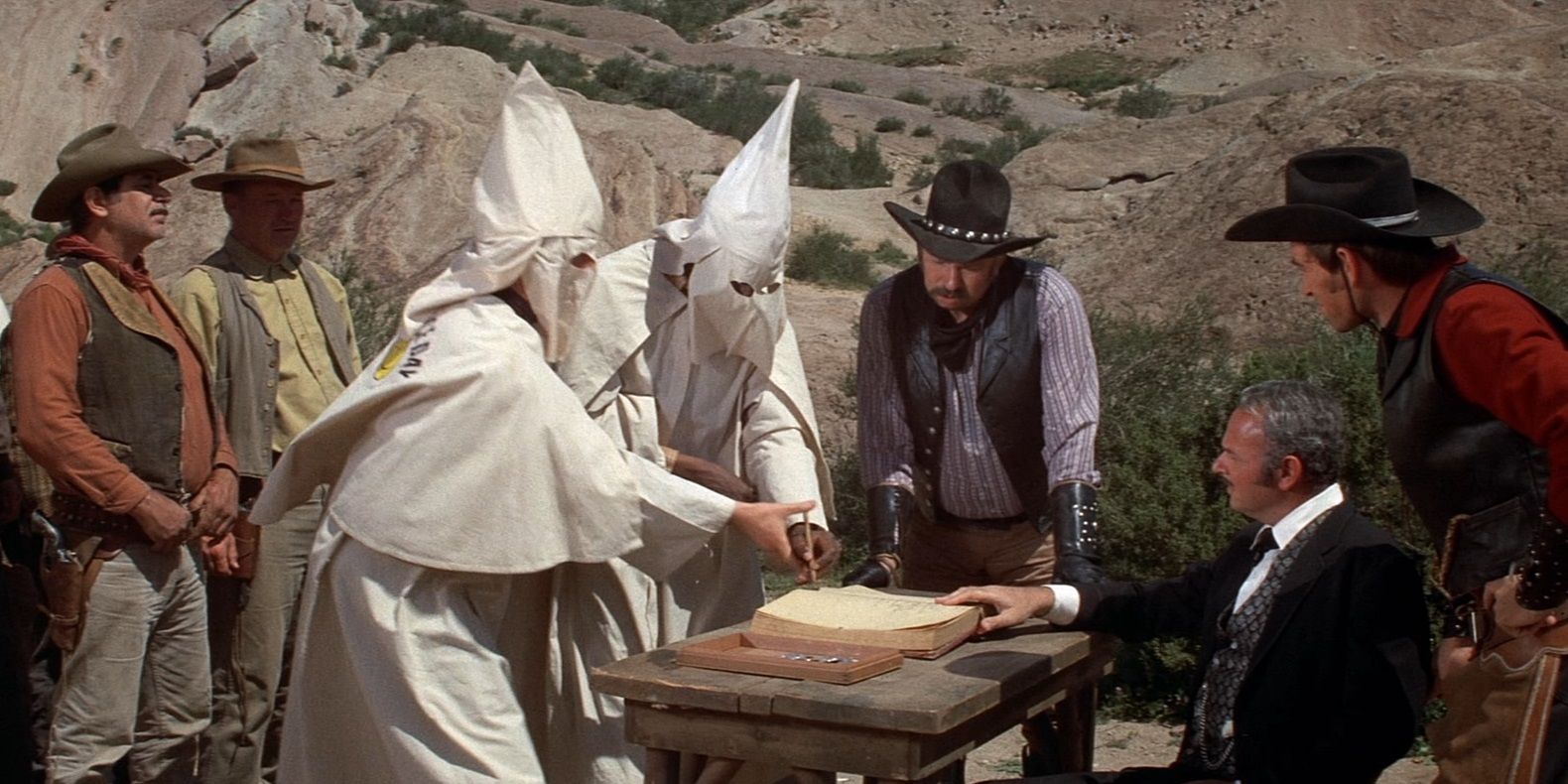
A lot of old westerns from the classic era ignore, or even endorse the rampant racism of the historical period in which they take place. Blazing Saddles deconstructed this aspect of the western by un-whitewashing the whitewashed western myths. Not only does Blazing Saddles shed a light on the prejudice ignored by previous westerns; it points out the absurdity of that prejudice.
A crooked politician wants to build a railroad through the town of Rock Ridge, so he hires a Black sheriff in a bid to destroy the town, but much to his chagrin, Sheriff Bart turns out to be great at his job – so great, in fact, that he brings down the politician’s corrupt enterprise.
7 Bart Holding Himself At Gunpoint Is A Delightfully Absurd Take On An Armed Standoff
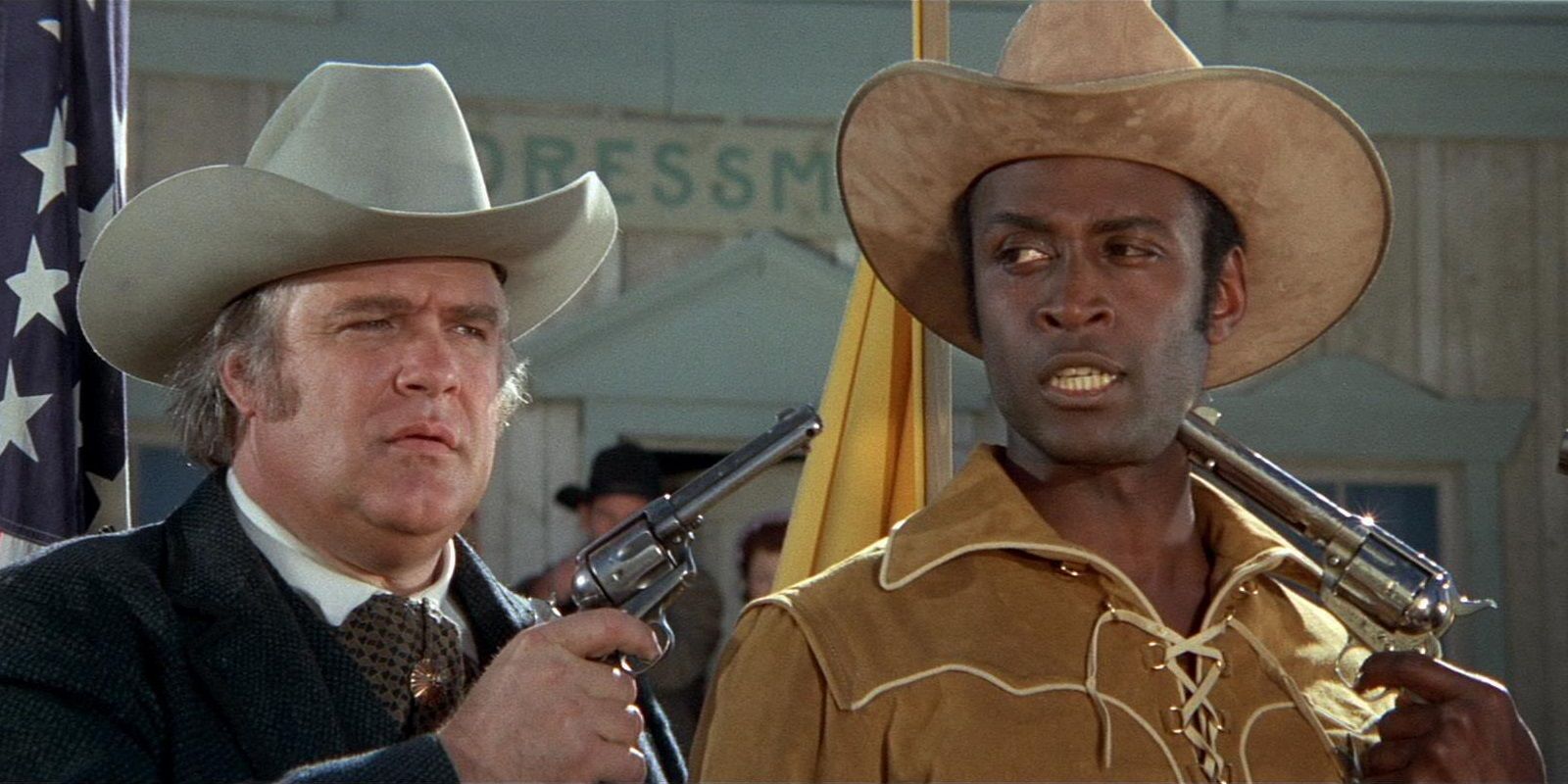
When Sheriff Bart first rides into town to start his new job, the racist white townsfolk are horrified to see that a Black man has been hired to protect them. They all reach for their guns, so Bart pulls out his own gun and holds himself at gunpoint.
The townspeople aren’t quite sure what to make of it, but Bart’s threats against himself point out the ridiculousness of their fears. This scene is a delightfully absurd take on the kind of armed standoff usually seen in western movies.
6 It Pointed Out All The Clichés Of The Genre
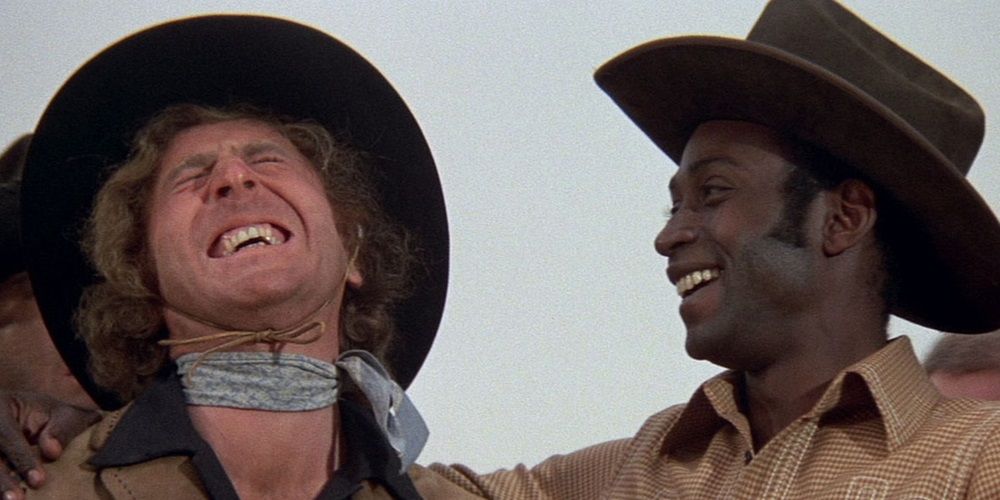
The whole point of Blazing Saddles was to point out how outdated westerns had become, and a large part of this was pointing out all the familiar clichés that audiences have seen a thousand times.
In one scene when the villains are chasing the heroes, one of them says, “We’ll head them off at the pass!” Harvey Korman’s villainous Hedley Lamarr quips, “Head them off at the pass? I hate that cliché!”
5 Brooks’ Masterful Filmmaking Gives It An Authentic Edge
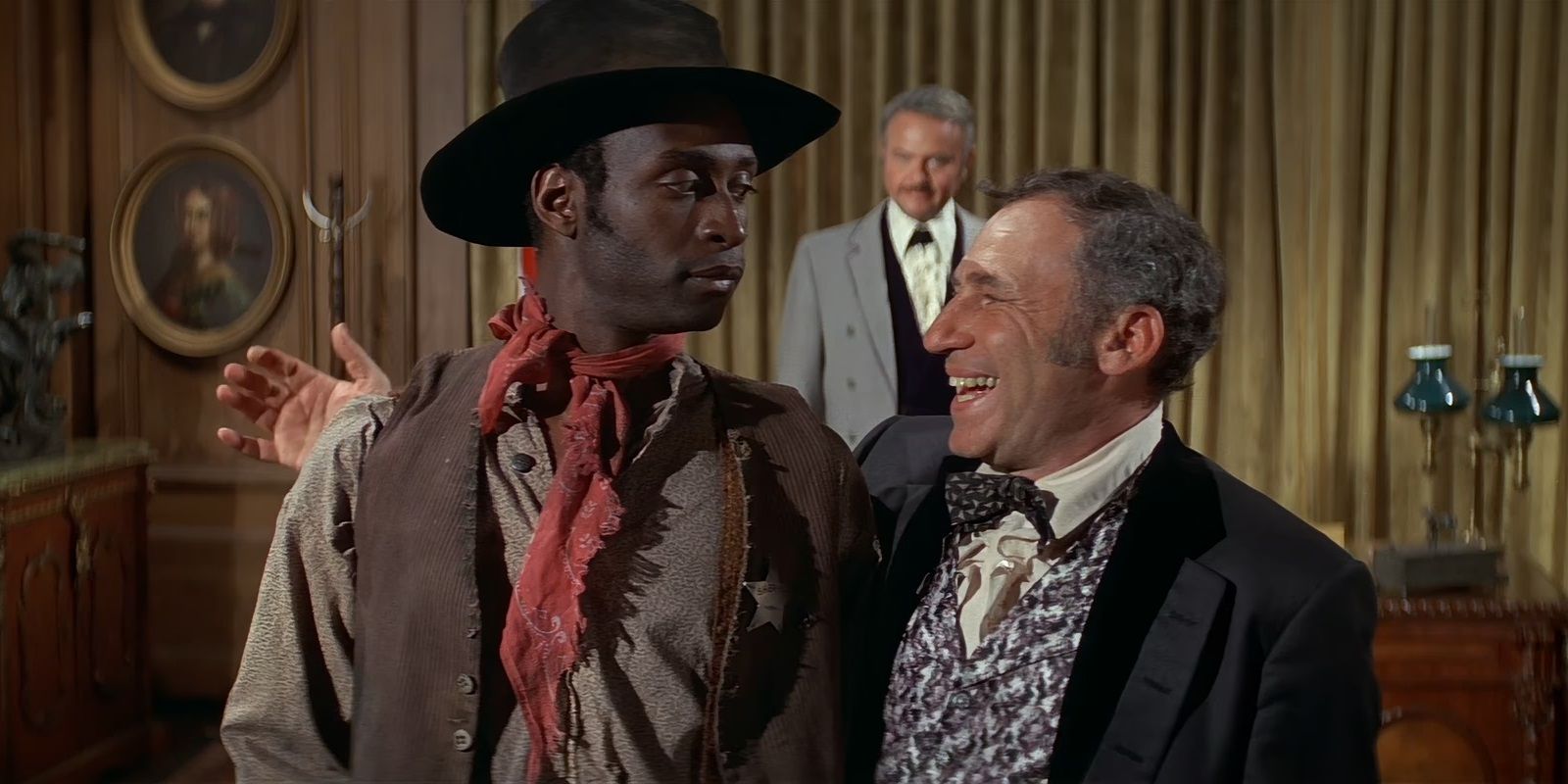
What makes Mel Brooks’ comedies so great is that he’s a masterful filmmaker as well as a masterful comedian. Despite its relentless lampooning of the genre, Blazing Saddles has all the hallmarks of an authentic western.
From the theme song – performed by Frankie Laine, who answered Brooks’ ad looking for a Frankie Laine-type singer – to the gorgeous landscape cinematography to the familiar western town sets, Blazing Saddles rings true as a bona fide western (at least until it spills over onto the next studio lot).
4 The Campfire Scene Explores The Hilarious Reality Of A Large Group Of Cowboys Eating Beans
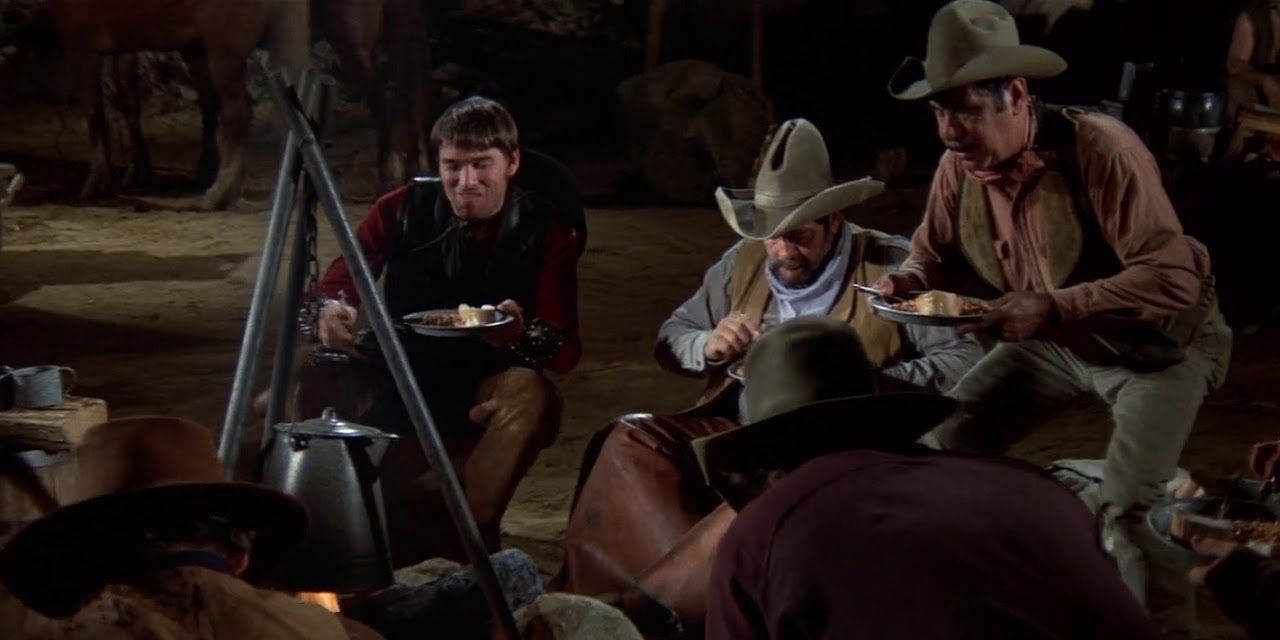
In the hands of any filmmaker besides Mel Brooks, a scene in which cowboys sit around a campfire farting would be crass and gratuitous. But in Blazing Saddles, Brooks uses such a scene to lampoon the realities ignored by classical westerns.
Countless westerns have included scenes in which a posse sits around a campfire and eats beans, but they’ve all ignored what would really happen in such a situation: lots of flatulence.
3 The Fourth Wall-Breaking Finale Pokes Fun At The Artifice Of Cinema
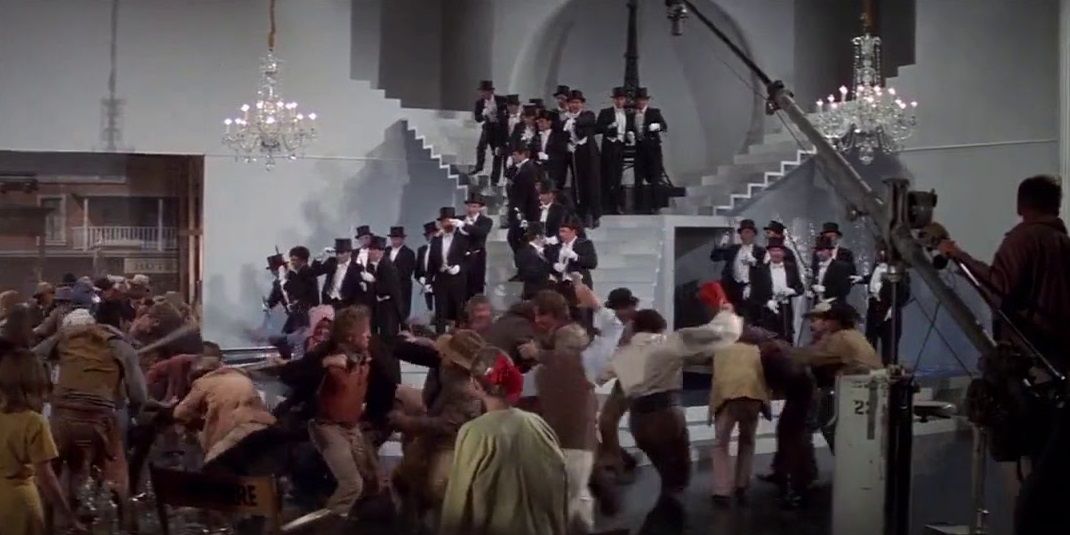
While the first two acts of Blazing Saddles take satirical aim at the black-and-white mythmaking of Hollywood westerns, the third act bulldozes the fourth wall to take aim at the artifice of cinema in its entirety. The final battle spills over into the next studio lot and eventually into the cafeteria, where a food fight breaks out between the casts of various other movies.
Sheriff Bart and the Waco Kid literally go to the theater to see how the movie they’re in ends. Like Monty Python and the Holy Grail, Blazing Saddles goes beyond its specific satirical subject matter to poke fun at the phoniness of film as a whole.
2 The Heroes Ride Off Into The Sunset – With A Twist
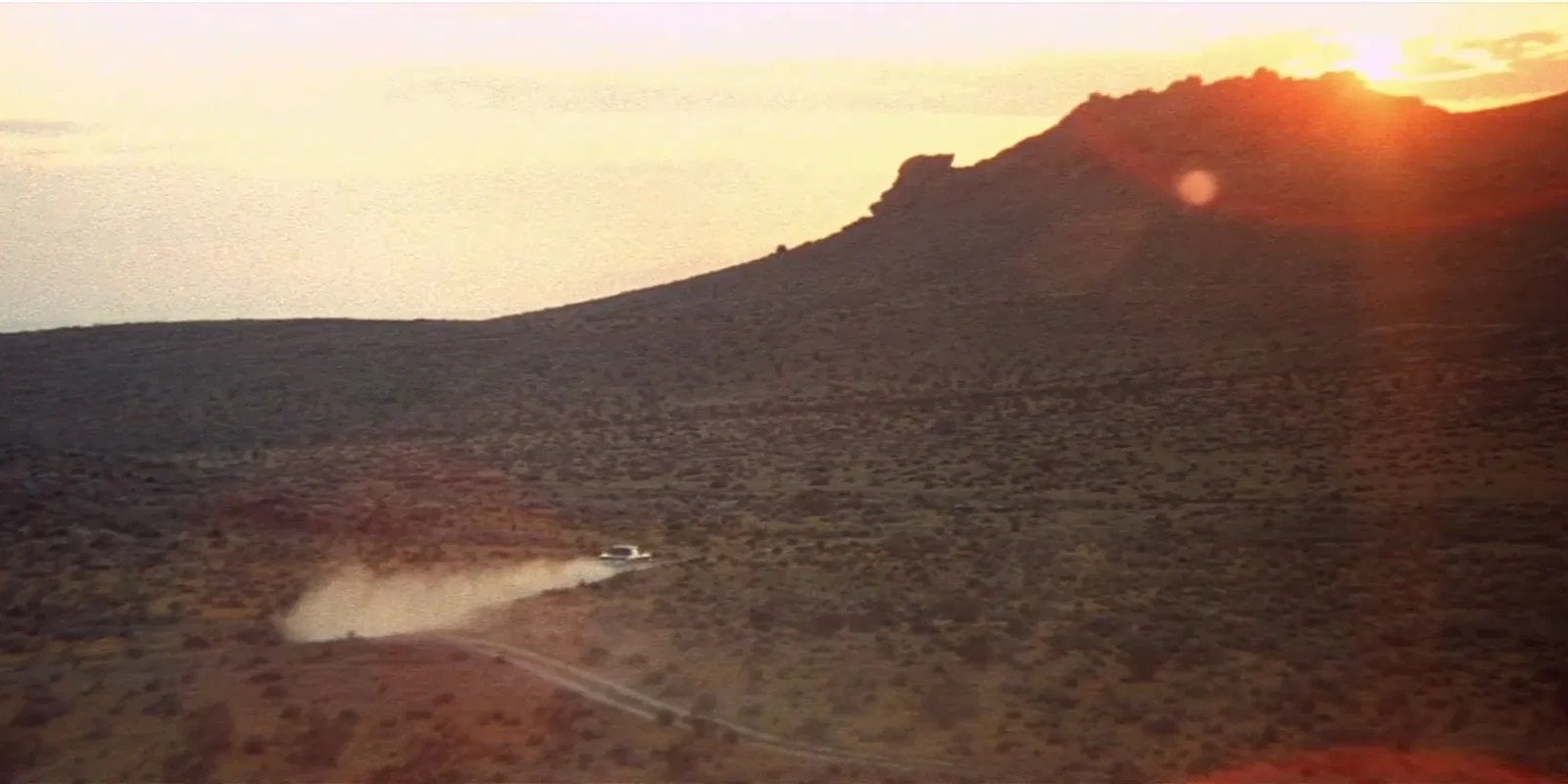
In keeping with the movie’s deconstruction of cinema as a whole, Blazing Saddles ends with the most perfectly self-aware final scene. Sheriff Bart and the Waco Kid sit in Grauman’s Chinese Theater, munching on popcorn and watching themselves ride off into the sunset on-screen.
The heroes riding off into the sunset is the ending of just about every classic western, but in Blazing Saddles, there’s a twist. After a short while, Bart and the Waco Kid get off their horses and into a limousine, which takes them the rest of the way.
1 It Hammered The Final Nail Into The Western Genre’s Coffin
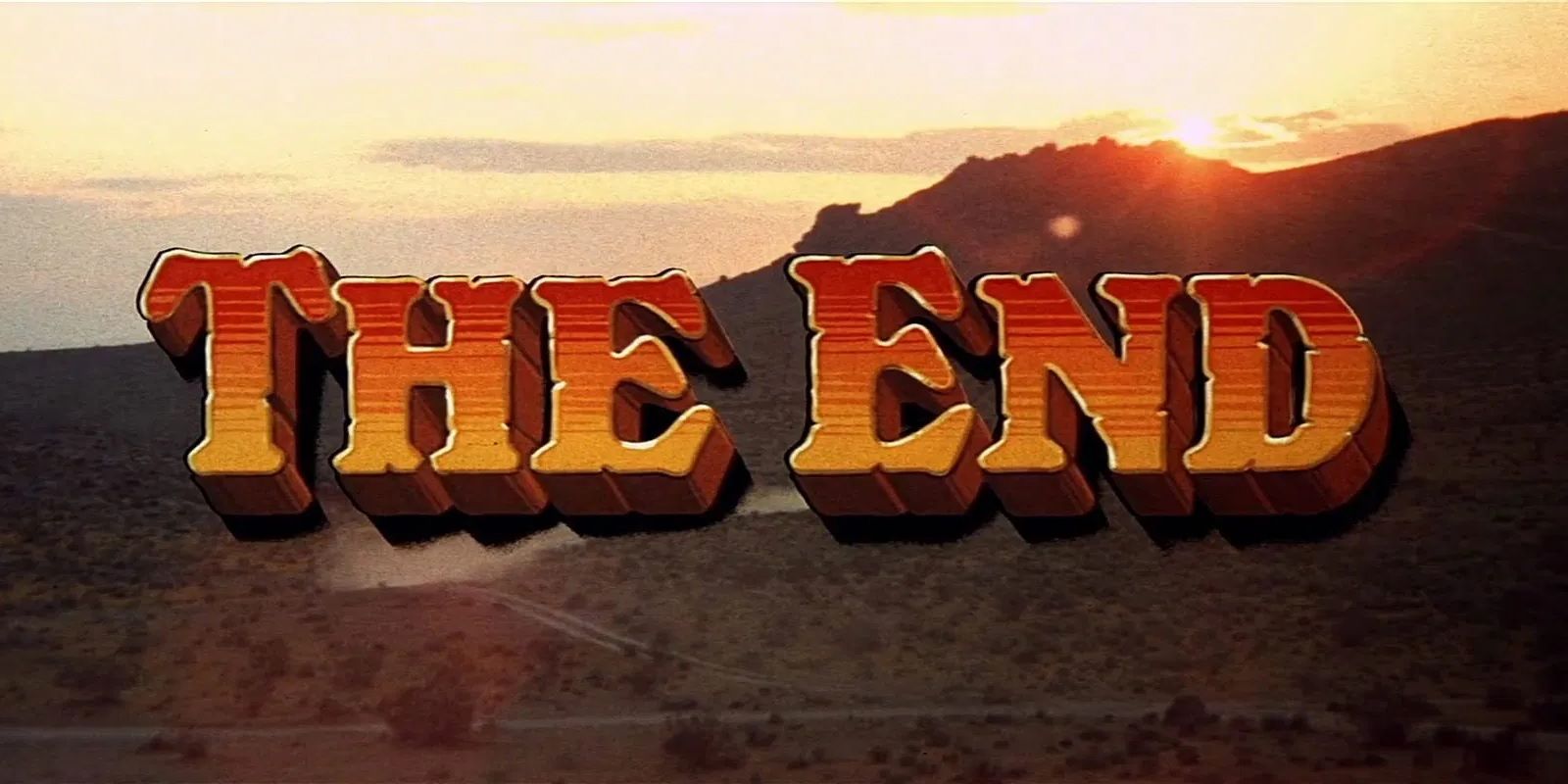
After being one of Hollywood’s most popular and reliable genres for decades, the western slowly died a death in the 1960s as audiences realized the myths it peddled were false and moved on to more controversial, experimental fare like Easy Rider and The Graduate. The New Hollywood movement brought anti-westerns like Butch Cassidy and the Sundance Kid and McCabe & Mrs. Miller, which broke down the falsehoods of classic westerns.
In 1974, Blazing Saddles hit theaters and hammered the final nail into the western genre’s coffin. It would be nearly two decades before audiences took westerns seriously again (Clint Eastwood’s revisionist 1992 masterpiece Unforgiven managed it).
from ScreenRant - Feed https://ift.tt/3iTPBWP


0 Comments